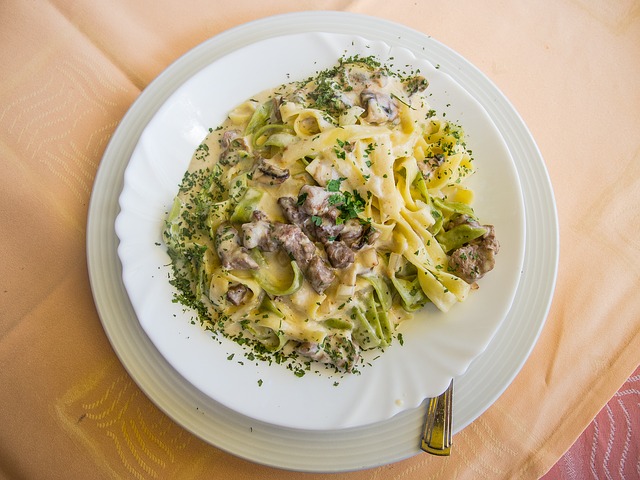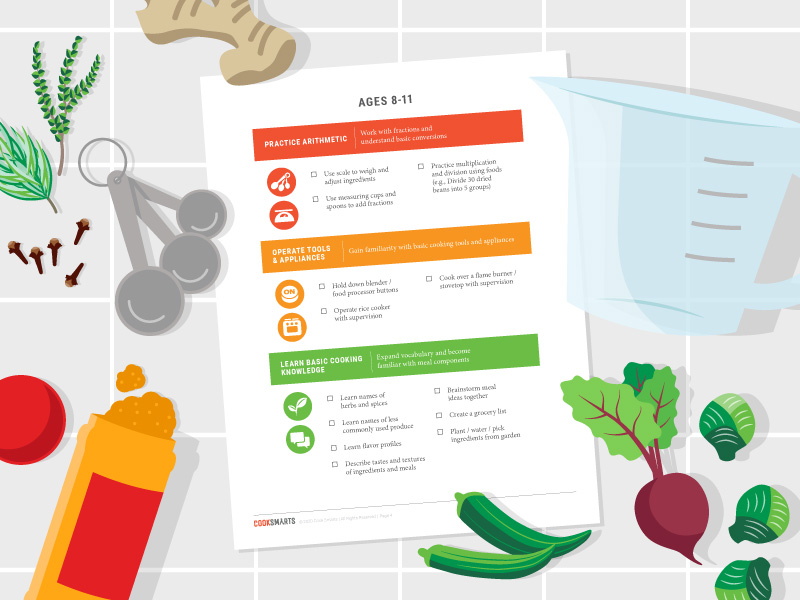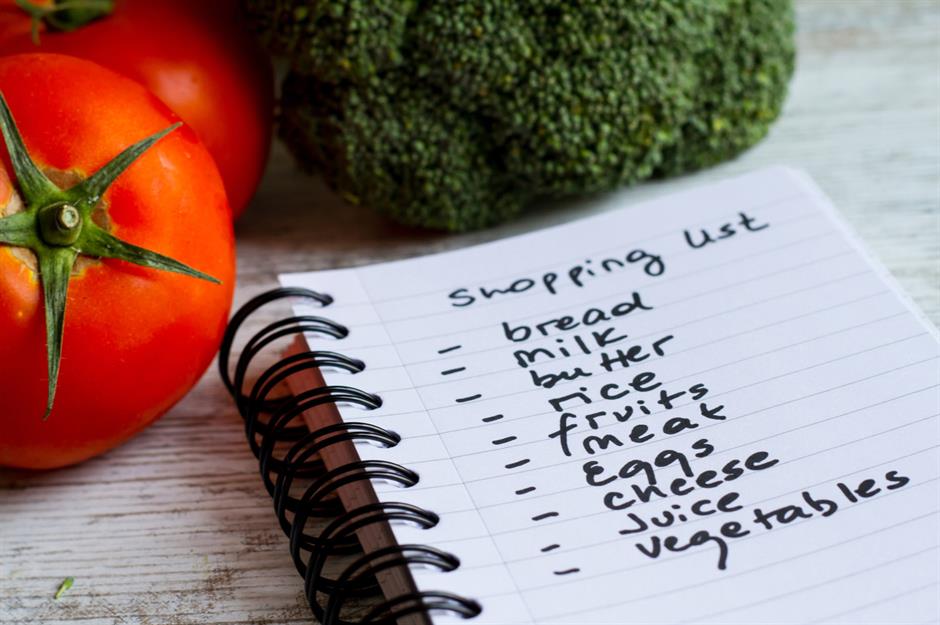
There are many things you need to take into consideration when selecting the best cooking oil. The undesirable effects of overheating oils include smoke, toxic gases, and bad flavours. While some oils can be used for cooking, baking, and frying, others can cause harmful chemical compounds if they are overheated. This table will help to choose the best oil for your cooking needs.
Nut and seed oils
Even though most nutrition experts don't consider oily seed oils harmful, many health professionals claim they cause inflammation. Inflammation is a major factor in chronic diseases like heart disease and obesity. Joe Rogan, a nutrition researcher at University of California Berkeley, interviewed Paul Saladino for three hours. Cate Hanahan, however, called the most commonly used seed oils today the "hateful eighth."
Safflower oil
Here's a guide on how to use Safflower oil. Safflower oil is a great choice for high heat cooking because of its high smoke points. Contrary to most oils with smoke points lower than 250 degrees, safflower has a smoke level of around 425 degrees. It can be used in frying, sauteing or roasting.
Peanut oil
Peanut oil can be used in cooking, but you might not know that peanut oil is good for your kitchen. This versatile oil has a high smoke point and is relatively neutral in flavor. Peanut oil is not meant to replace vegetable oils. Before you start cooking with peanut oil, there are some important things you need to consider. Here, you will find out the benefits of peanut oil for cooking. This oil is not harmful to your health and will help you make wise choices when choosing it in your kitchen.

Sesame oil
Sesame oil offers many benefits. A great place to start with is its nutritional content. Sesame oil is packed with omega-3 fatty acids, vitamin E, and minerals. This versatile oil helps your body produce more of these vitamins and minerals, and can even help reduce your risk of cancer. Deep frying with sesame oil can cause undesirable side effects.
411
Olive oil might be something you've heard of. Olive oil is a good source of monounsaturated fats and antioxidants. It can also withstand high heat. Olive oil can be used for baking, however, it is best used at the very end of cooking when delicate flavors are desired. Olive oil is best paired with coconut, chocolate, and citrus flavors. Vegetable oil has a higher content of saturated oil and is the most used cooking oil in commercial kitchens.
Canola oil
Canola oil is one the most popular cooking oils. The oil is very stable and is available at a low price - an average grocery store sells a small bottle for about $20. However, like all oils, canola also has its benefits and drawbacks. Here's how to choose the best canola oil that suits your cooking needs. It is the secret weapon of many professional chefs.
Olive oil
The best olive oil should be chosen for cooking. Olive oil can remain stable for up to 420°F but will break down into harmful compounds if it is exposed to light. It has a similar aroma to rancid crayons. Olive oil should be kept in dark bottles away from heat, oxygen, and light. To preserve its quality, it is important to seal the container tightly.

FAQ
How do I learn how to cook like an expert?
Cooking is a great way to improve your life. Learning to cook healthy food for yourself and others is a great way to increase self-confidence and develop new skills. Begin cooking at your own home if you are looking to improve your culinary skills. It is important to discover what type of recipes you enjoy. Read books about various foods such as Chinese, Mexican, and Italian. Finally, try making different dishes until it becomes second nature.
Are there any requirements to become a chef?
No. No. Many chefs began their careers learning by themselves. Some chefs even attended culinary school to gain more experience. But most chefs prefer culinary school as it offers them more opportunities for learning and growth. Culinary schools offer students hands-on training, which helps them build valuable skills and improve their cooking knowledge.
What is the average time it takes to become a chef? What is the average career path?
Becoming a chef takes approximately five years. You will learn basic cooking techniques, and get experience as a chef assistant. Once you have completed your training, you may apply for executive, sous, and line chef positions. The annual average salary of a chef is $25,000-$60,000.
How Much Does it Cost to Learn Culinary Arts Skills?
It is not easy to find a culinary arts degree that costs less than $40,000. A four year degree is typically around $40,000. A two-year associate's program may be less expensive at $5,000. The type of program you choose will determine the tuition rates. Public institutions are more expensive than private institutions.
Can I cook with my family?
Yes! Yes! Kids love helping in the kitchen. It's an enjoyable activity that teaches responsibility and teamwork. The whole process can be done by children, including washing and chopping vegetables. If your children follow safe practices when handling knives, they will enjoy helping you cook.
How can leftovers be stored in the most efficient way?
Tupperware containers are a good choice for leftovers. These containers keep foods fresh and prevent odors from forming. They can also keep food warm longer. You can freeze leftover food in freezer bags. You can freeze leftover food by placing it in another freezer bag. This will prevent any air from escaping. Once the food has frozen, you can transfer it to an airtight container like a zipper lock bag.
Statistics
External Links
How To
How to cook steak
The thickness of any meat will dictate the cooking method. Thicker steaks cook best at low heat. Thicker steaks require higher temperatures.
Don't overcook them as they will lose flavor. And remember always to remove the steak from the pan when it's done - this way, you won't burn yourself.
The size and desired doneness of the steak will affect the cooking time. Here are some guidelines:
Medium Rare: Cook to medium rare. This means that the internal temperature should reach 145degF (63degC). This should take between 3 and 5 min per side.
Medium: Cook the meat until it reaches 160°F (71°C). This usually takes about 6 minutes per side.
Good Cooking: Cook the meat until it is done. This means that the internal temperature reaches 180F (82C). This takes between 8 and 12 minutes per side.